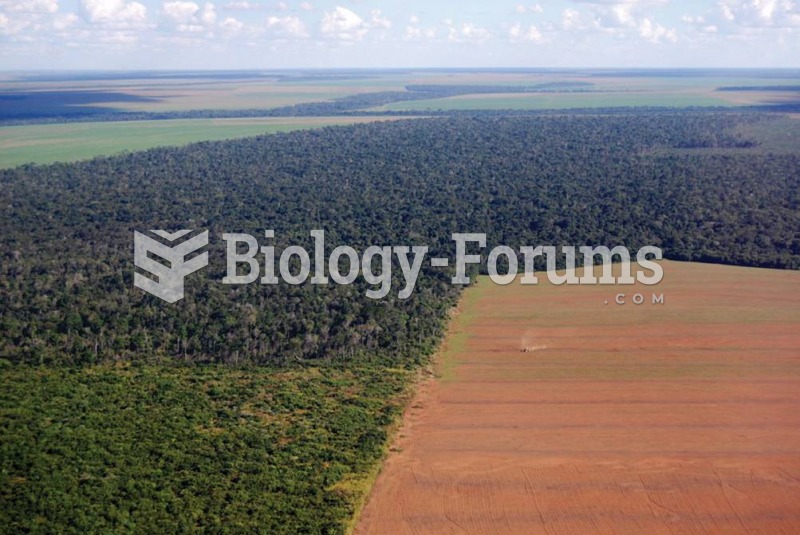The choice of the Potomac for the nation's capital was controversial. While everyone agreed that a central location was necessary, regional interests surfaced as congressmen recognized its potential economic and political benefits. They also debated the question of the temporary capital. Should New York City or Philadelphia host the federal government until the permanent site was ready? The complicated negotiations over funding and assumption resulted in moving the temporary capital from New York to Philadelphia as well as locating the new city on the Potomac. President Washington and his fellow Virginians supervised the development of the capital. The Residence Act of 1790 gave the president authority to select a ten-mile square location somewhere along the Potomac; he chose the land on both sides of the river that included Alexandria, Virginia, and Georgetown, Maryland. The federal city would be built in neither of those towns, but on open land on the east bank of the river. Washington appointed a surveyor, three commissioners to manage the project, and Pierre Charles L'Enfant to design the layout of the capital and its major buildings. L'Enfant's grandiose street plan and Greek and Roman architecture expressed an exalted vision of the republic. The commissioners named the federal city Washington and the entire district Columbia. The president expected to finance construction by selling lots in the capital, thinking that land prices would skyrocket as citizens valued proximity to the seat of government. Instead, land sold poorly and lack of money undermined the project. At one of the failed auctions, even the participation of the president and a parade of two brass bands and an artillery troop could not foster sales. When the commissioners suspended construction temporarily for insufficient funds, L'Enfant protested and was fired. His plan for grand boulevards, public squares, fountains, and imposing buildings was retained, but its execution would wait. For a decade the enterprise limped along, saved by grants from Maryland and Virginia. In 1800, when the government moved to Washington, the president's mansion was still unfinished and only one wing of the Capitol had been built. According to the passage, the new government moved from Philadelphia to Washington in
a. 1799.
b. 1795.
c. 1800.
d. 1790.
Question 2
The choice of the Potomac for the nation's capital was controversial. While everyone agreed that a central location was necessary, regional interests surfaced as congressmen recognized its potential economic and political benefits. They also debated the question of the temporary capital. Should New York City or Philadelphia host the federal government until the permanent site was ready? The complicated negotiations over funding and assumption resulted in moving the temporary capital from New York to Philadelphia as well as locating the new city on the Potomac. President Washington and his fellow Virginians supervised the development of the capital. The Residence Act of 1790 gave the president authority to select a ten-mile square location somewhere along the Potomac; he chose the land on both sides of the river that included Alexandria, Virginia, and Georgetown, Maryland. The federal city would be built in neither of those towns, but on open land on the east bank of the river. Washington appointed a surveyor, three commissioners to manage the project, and Pierre Charles L'Enfant to design the layout of the capital and its major buildings. L'Enfant's grandiose street plan and Greek and Roman architecture expressed an exalted vision of the republic. The commissioners named the federal city Washington and the entire district Columbia. The president expected to finance construction by selling lots in the capital, thinking that land prices would skyrocket as citizens valued proximity to the seat of government. Instead, land sold poorly and lack of money undermined the project. At one of the failed auctions, even the participation of the president and a parade of two brass bands and an artillery troop could not foster sales. When the commissioners suspended construction temporarily for insufficient funds, L'Enfant protested and was fired. His plan for grand boulevards, public squares, fountains, and imposing buildings was retained, but its execution would wait. For a decade the enterprise limped along, saved by grants from Maryland and Virginia. In 1800, when the government moved to Washington, the president's mansion was still unfinished and only one wing of the Capitol had been built. According to the passage, what provisions were set up by the Residence Act of 1790?
a. The act described the layout of the city.
b. The act provided funds for construction of the major buildings.
c. The act authorized Washington to choose a location for the city.
c. The act authorized Washington to choose a location for the city.
d. The act provided for naming the new capital city.







